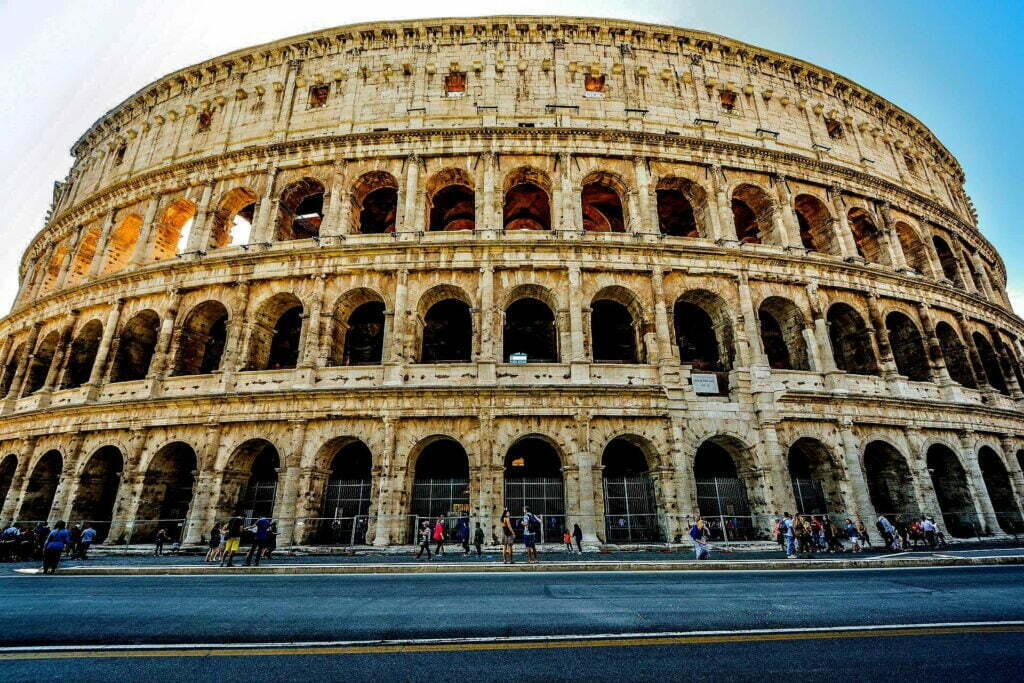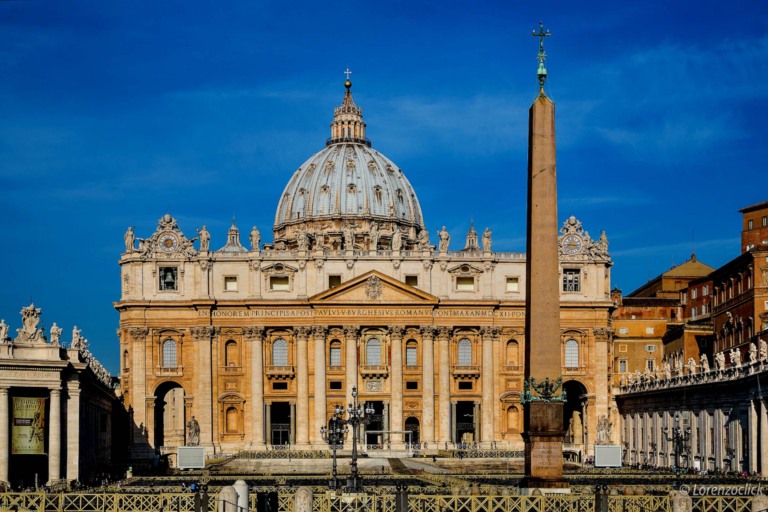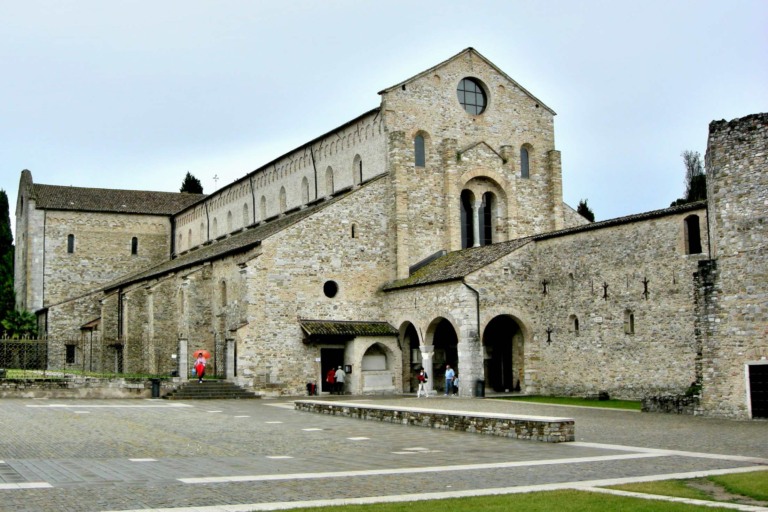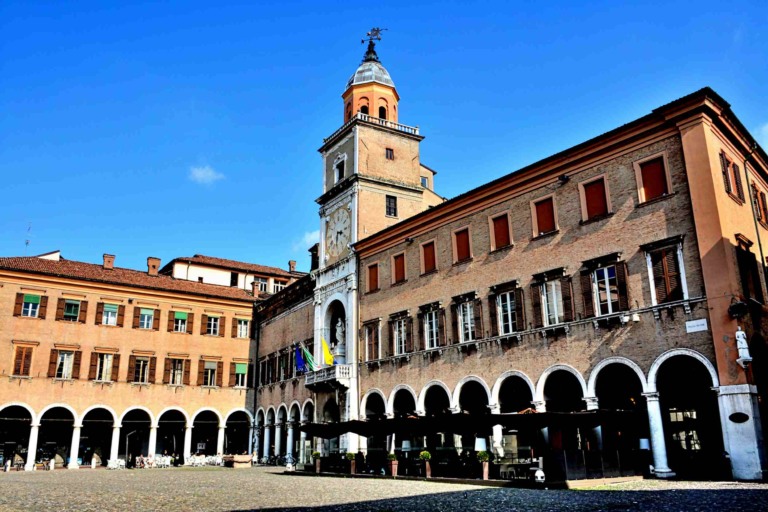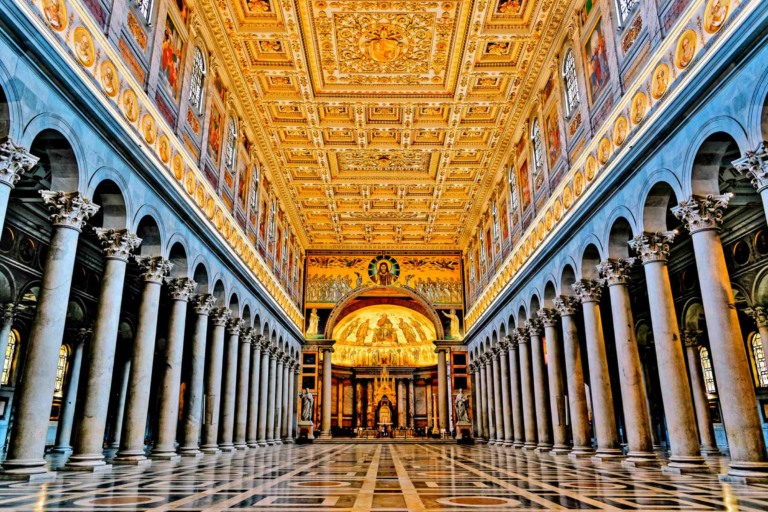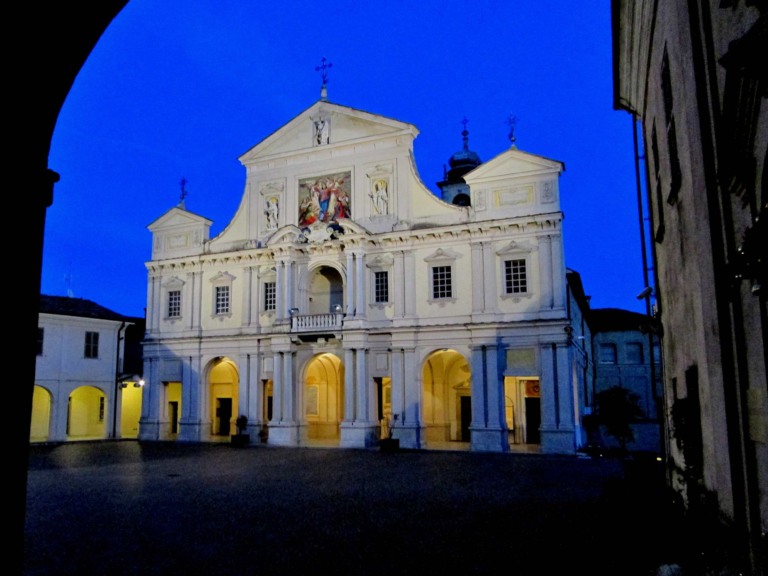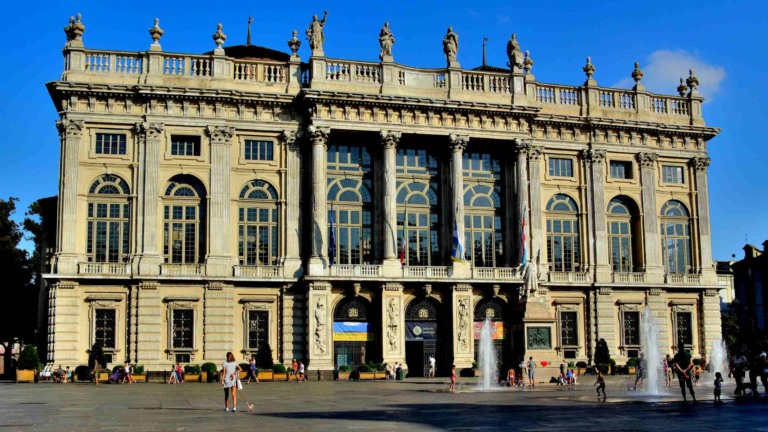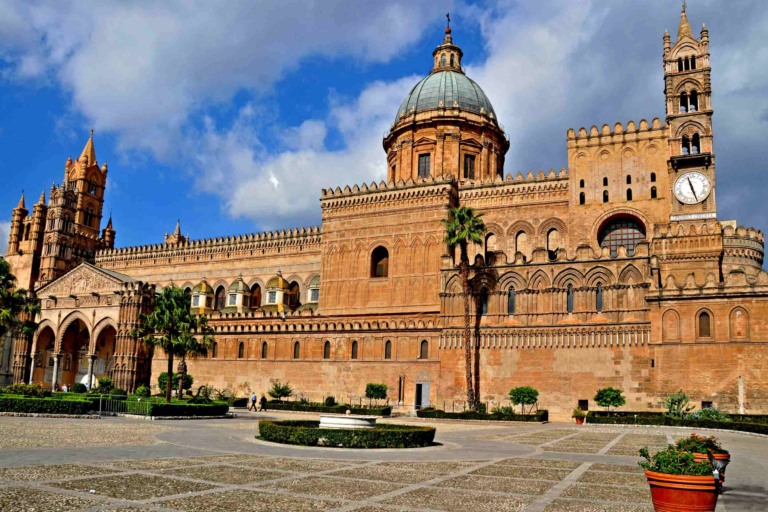The Roman Colosseum in Rome, Italy, is an oval amphitheater. The huge stone amphitheater called the Colosseum is just east of the Roman Forum. It was built between 70 and 72 AD as a gift to the Roman people by Emperor Vespasian of the Flavian dynasty.
In the year 80 AD, Titus, who was Vespasian’s son, opened the Colosseum, which was officially called the Flavian Amphitheater, with 100 days of games. These games included gladiator fights and fights between wild animals. After being used for four hundred years, the beautiful arena fell into disrepair, and until the 18th century, it was used to get materials for building.
Roman Colosseum History Facts
Even though, over time, two-thirds of the original Colosseum were destroyed. The amphitheater is still a popular place for tourists to visit and a well-known symbol of Rome and its long, troubled past. It has been an extended part of a UNESCO World Heritage Site since 1980. Historic Centre of Rome, the Properties of the Holy See in that City Enjoying Extraterritorial Rights and San Paolo Fuori le Mura.
Even though the Roman emperor Nero killed himself in A.D. 68, his bad leadership and wasteful spending caused a series of civil wars. In the turbulent years after Nero’s death, no less than four emperors took the throne. The fourth, Vespasian, would rule for 10 years (A.D. 69–79). The Flavian emperors, like Vespasian and his sons Titus (79–81) and Domitian (81–96), tried to stop the Roman court from being too wild, give the Senate its power back, and help the public.
Roman Colosseum History
Around 70 or 72, Vespasian gave the Roman people back the lush land near the center of the city, where Nero had built an enormous palace for himself after a big fire destroyed Rome in 64. He ordered that a new amphitheater be built on the site of the Golden Palace, where people could watch gladiator fights and other shows. Archaeologists think that the Colosseum had both drinking fountains and toilets.
When was the Colosseum built
Titus officially opened the Colosseum in A.D. 80 with a festival that included 100 days of games. It took almost a decade to build, which is not very long for a project of this size. Titus was a well-liked leader because of how he helped his people rebuild after the famous eruption of Vesuvius in A.D. 79, which destroyed the cities of Herculaneum and Pompeii. When Titus’s brother and successor, Domitian, was in charge, the last steps of building the Colosseum were done.
Ancient Rome Colosseum
The Colosseum was the largest amphitheater in the Roman world. It was about 620 feet long and 513 feet wide (190 meters by 155 meters). The Colosseum was not built into a hillside like many of the amphitheaters that came before it. It was made of stone and concrete, and it stood on its own.
The unique exterior had around 80 arched entrances on three stories, which were held up by semicircular columns. Each story had columns in a different order, or style. The Doric order was at the bottom, followed by the Ionic order, and then the Corinthian order at the top. The Arch of Constantine was built in A.D. 315 to honor Constantine I’s victory over Maxentius at Pons Milvius. It was right by the main entrance to the Colosseum.
Roman Colosseum Facts
Inside the Colosseum, there was room for more than 50,000 people to watch. The seats may have been set up by social status, but most likely the people were crammed in like sardines in a can (judging by evidence from the seating at other Roman amphitheaters).
Awnings were spread out from the top floor to protect the audience from the hot Roman sun while they watched gladiator fights, hunts, wild animal fights, and maybe even bigger fights like mock naval battles (for which the arena was said to be filled with water). In ancient Rome, most of the people who fought in front of crowds at the Colosseum were men (though there were some female gladiators). Most gladiators were slaves, criminals sentenced to death, or war prisoners.
The Colosseum was used for about 400 years, until the Western Roman Empire fell apart and people’s tastes changed. By the sixth century A.D., gladiator fights and other large public shows were no longer held there. Even by that time, lightning and earthquakes had already caused some damage to the arena.
In the centuries that followed, the Colosseum was completely abandoned and used as a quarry for many building projects, such as the cathedrals of St. Peter and St. John Lateran, the Palazzo Venezia, and defense fortifications along the Tiber River. But starting in the 18th century, different popes tried to keep the Colosseum as a holy Christian site. People have thought that early Christians died in the Colosseum, but no one knows for sure.
By the turn of the 20th century, weather, natural disasters, lack of care, and vandalism had destroyed nearly two-thirds of the original Colosseum. This included all of the marble seats and decorative pieces in the arena. The Colosseum has been a top tourist destination for people from all over the world for a long time. In the 1990s, restoration work began, and it has continued over the years.
